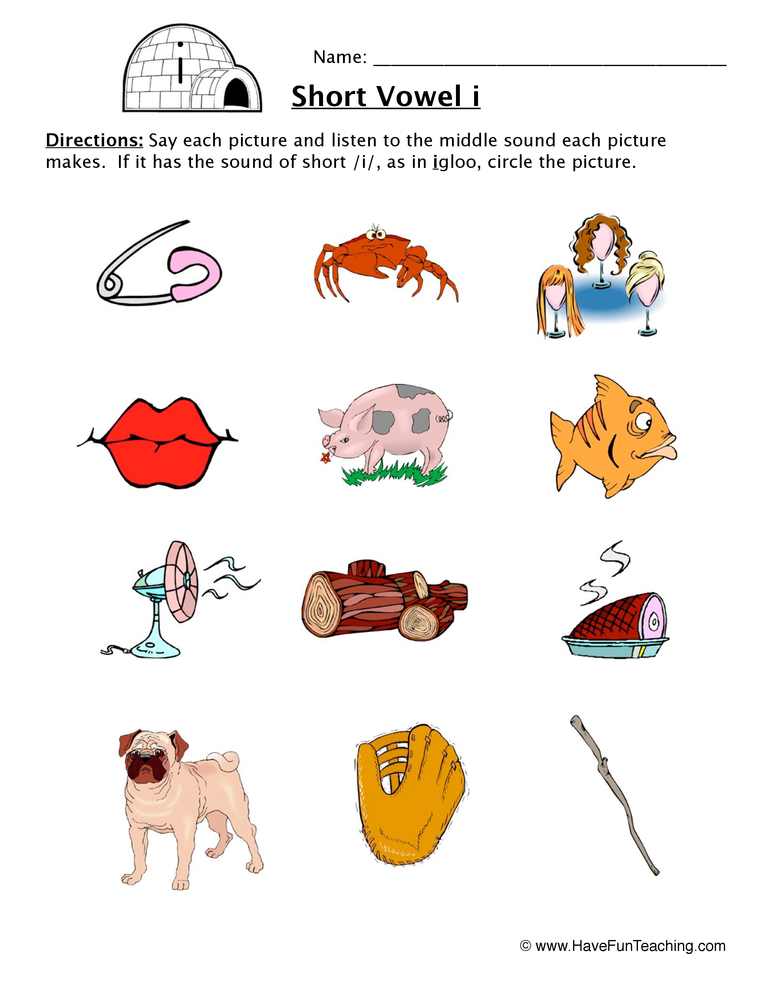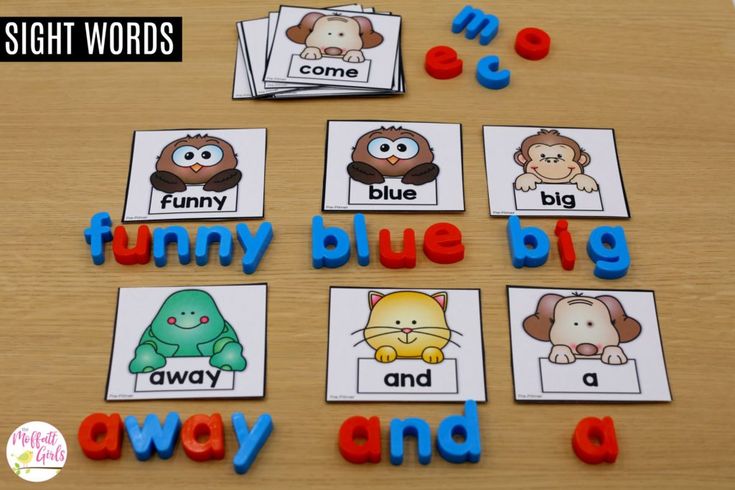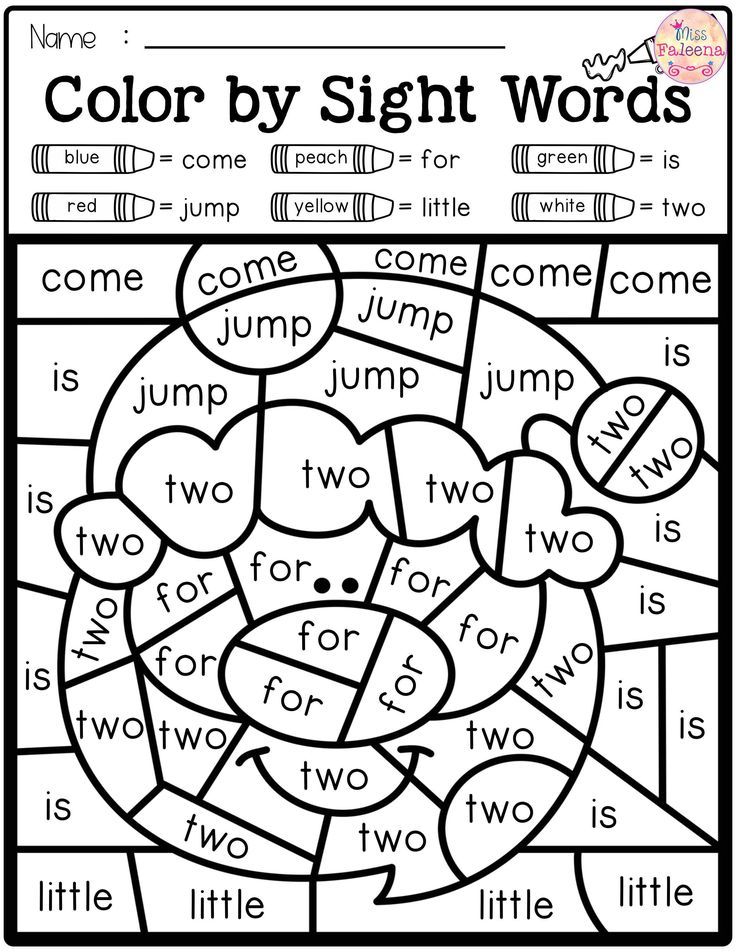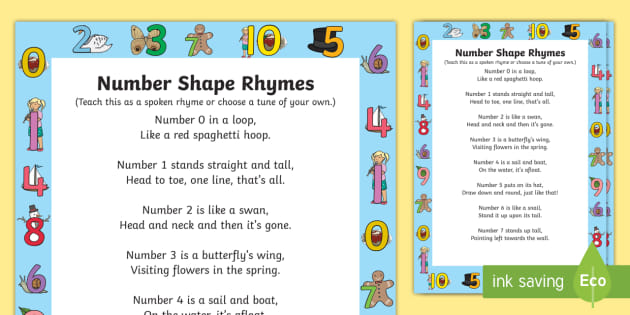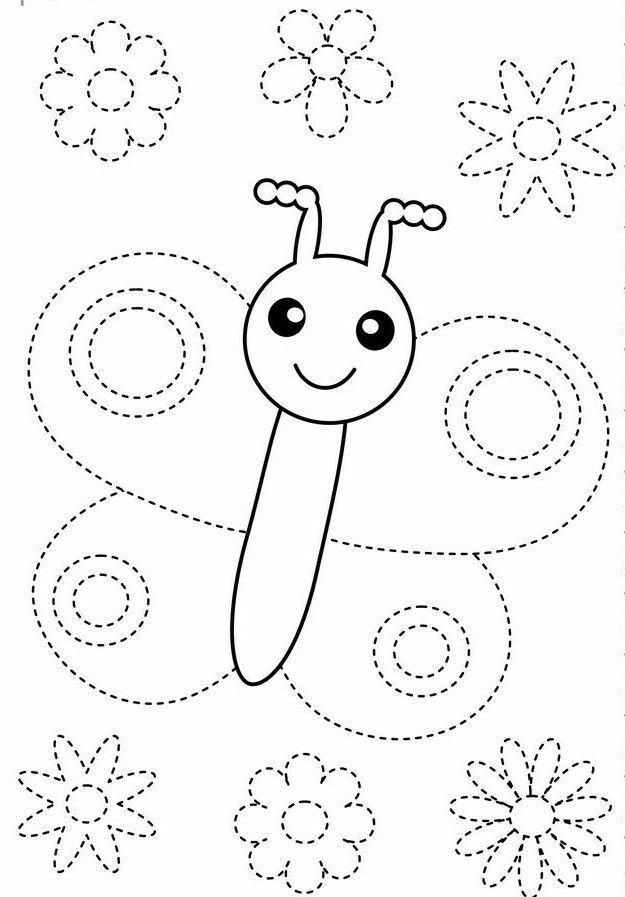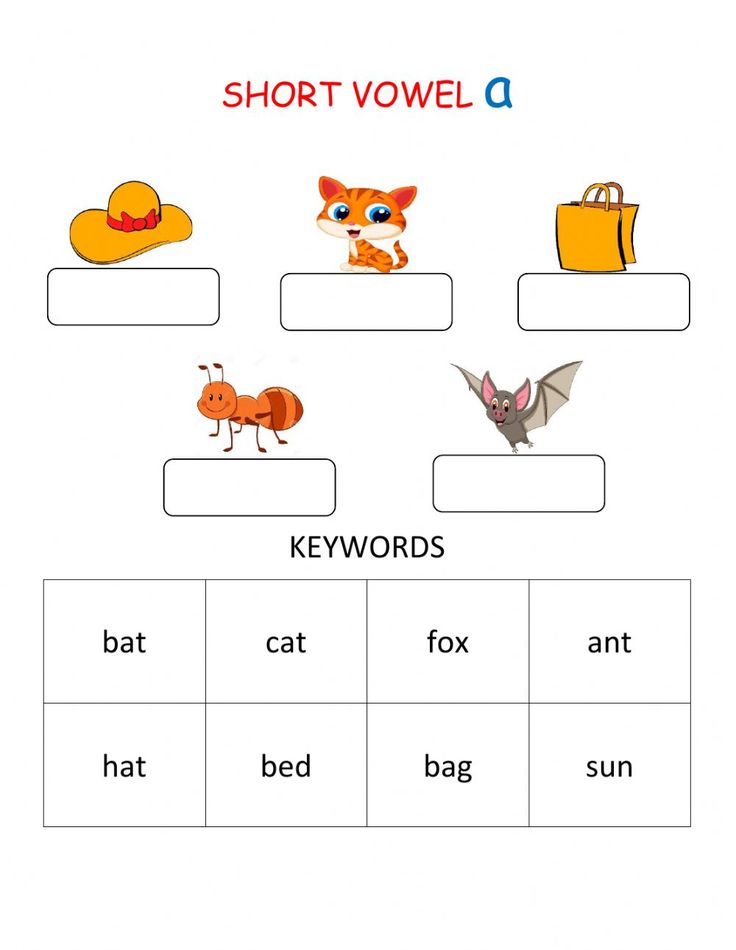What are short vowel sounds
Short vowels video — Pronuncian: American English Pronunciation
See all of Pronuncian's videos!
Welcome to Seattle Learning Academy's video pronunciation series.
Of the 26 letters of the alphabet, 5 letters--a, e, i, o, and u--are considered vowels. Those 5 letters (a, e, i, o, and u--plus the letters w, y, and gh) are used in the spelling of the 15 vowel sounds of English.
To make the 15 vowel sounds easier to learn, we break them into the categories of
- long vowels
- short vowels
- and the "other" vowels
When talking about the sounds of English, I'll use a name (such as long a or short a), and the International Phonetic Alphabet symbol.
We're including the names for sounds because non-native English speakers often can't hear the difference between sounds. For instance, (long e) and (short i)--that was the long e sound and the short i sound--or (short e) and (short u)--the short e and short u sound--are easily confused. So we use the sound's name, long e, short i, short e, and short u, and not just the sound itself (long e, short i, short e, short u).
We include the symbols because that's what pronunciation dictionaries use, and those specialized dictionaries can be very helpful when talking about pronunciation.
Today, we're going to talk about the 5 short vowel sounds and the most common spelling pattern of those sounds.
Before we begin, let me clarify that short vowel sounds aren't said for less time than long vowel sounds, though it certainly would be convenient if that were the case. These are just names historically given to these sounds.
The 5 short vowel sounds are:
- short a: /æ/ cat
- short e: /ɛ/ bed
- short i: /ɪ/ sit
- short o: /ɑ/ top
- short u: /ʌ/ sun
We begin the study of vowel sound pronunciation by using key words. The five words I just used as examples are key words for the short vowel sounds. All 5 of our short vowel key words--cat, bed, sit, top, and sun--follow the most common phonetic pattern for short vowel sounds.
The five words I just used as examples are key words for the short vowel sounds. All 5 of our short vowel key words--cat, bed, sit, top, and sun--follow the most common phonetic pattern for short vowel sounds.
Phonetics is the connection between letters and sounds. It's the relationship between a word's spelling and its pronunciation. Our short vowel key words follow the consonant-vowel-consonant phonetic pattern. When a vowel occurs alone between two consonants we can expect a short vowel sound.
In the word 'cat,' c-a-t, the vowel letter a is between two consonants, the 'c' and the 't.' It isn't surprising, then, that the word 'cat' is pronounced with a /æ/ sound (/æ/).
If a word begins with a vowel letter that's followed by one or more consonants, we can still expect a short vowel sound pronunciation. If I take the 'c' off of the word 'cat,' I get the word 'at,' still pronounced with a short vowel sound.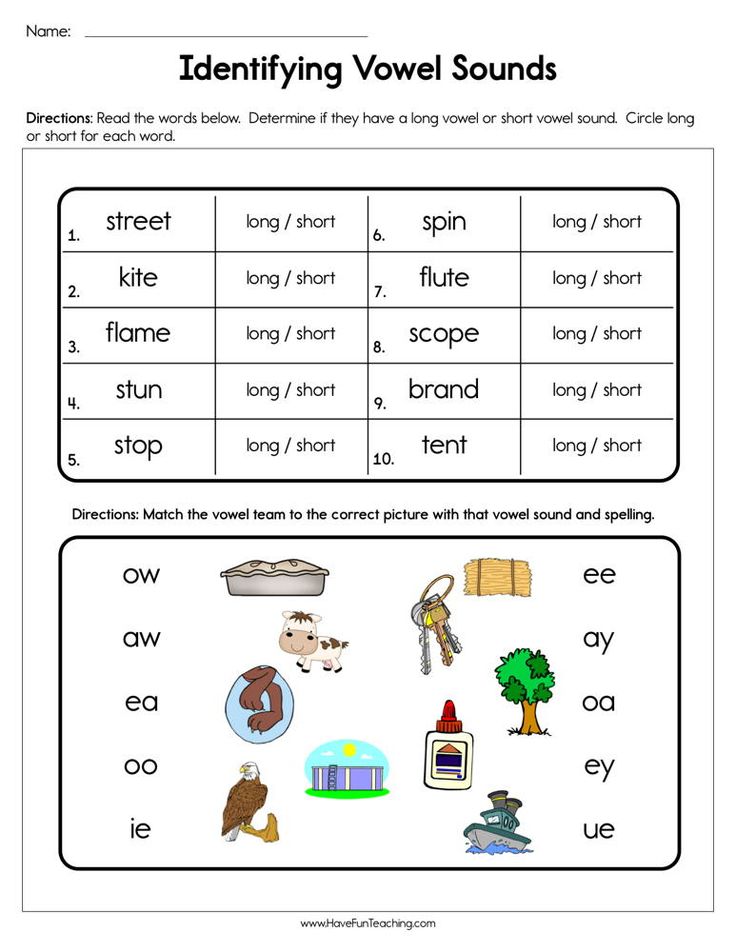
If there's only one consonant after the vowel, and that consonant is followed by the letter 'e,' the formula changes, and we can expect a long vowel sound instead. For instance, if I take the word 'hat' h-a-t, and add the letter e I'll get the word 'hate' instead. The change in pronunciation from the word 'hat' to the word 'hate' is caused by the addition of the letter 'e.'
While common phonetic patterns like consonant-vowel-consonant (as in the word 'hat') and vowel-consonant-e (as in the word 'hate') and can help learners understand the pronunciation of English words, individual spelling patterns often exist for each sound.
There are also words that aren't pronounced in a way that we'd expect based on their spelling. We call these non-phonetic words. Common phonetic patterns and non-phonetic words are covered in each sound's individual video lesson.
Now that you know what the five short vowel sounds are, and their common phonetic pattern, it's worth studying each sound individually.
Thank you for watching this Seattle Learning Academy video lesson.
EXIT: (short a, short e, short i, short o, short u) cat, bed, sit, top, sun.
Short Vowel Sounds
lucyteachchildrenLeave a comment
Learning to hear and differentiate the vowel sounds from consonant sounds is an important skill in understanding how words are formed. Every word in the English Language has to have a vowel sound in it and every syllable in a word also has to have a vowel sound within it. This knowledge is an important element in developing our phonemic awareness and phonics knowledge as we start to learn how to read and spell words.
There are 20 vowel sounds in the English (UK) Language, usually (in the UK Education System) split into two main categories based on sound quality:
- ‘Short’ vowel sounds, due to the short duration of the sound being made, the sound cannot be held onto without becoming distorted, such as the /e,(e)/ in me, pea and tree
- ‘Long’ vowel sounds, due to the length of their pronunciation, these can often be held without distorting their sound, such as the /oi,(ɔI)/ sound found in the words:boy, coin and buoy
Here at Teach Phonics we split the ‘long’ vowel sounds category into ‘long’ vowel sounds and ‘long ‘R’ controlled’ vowel sounds. The ‘long ’R’ controlled’ vowel sounds are so called because of the slight /r,(r)/ sound quality that can be heard in them for example the /or,(ɔː)/ sound found in the words: fork, door, walk and sauce.
The ‘long ’R’ controlled’ vowel sounds are so called because of the slight /r,(r)/ sound quality that can be heard in them for example the /or,(ɔː)/ sound found in the words: fork, door, walk and sauce.
The English Phoneme Chart (https://www.teachphonics.co.uk/phonics-phoneme-chart.html ), which uses the unique symbols of the International Phonetic Alphabet (IPA), splits the 20 vowel sounds into two groups based on mouth position:
- Monophthongs which have one mouth position throughout the sound for example /e,(e)/ in me.
- Diphthongs, where the mouth position changes, giving a 2 sounds quality to the phoneme for example, /oi,(ɔI)/ inboy.
lucyteachchildrenLeave a comment
The English Language is created through the different combinations of 44 sounds (phonemes), 20 vowels and 24 consonants. In our written language we refer to the letters of the alphabet as being consonant or vowel letters depending on which type of sound they are representing.
In our written language we refer to the letters of the alphabet as being consonant or vowel letters depending on which type of sound they are representing.
Vowel sounds allow the air to flow freely, causing the chin to drop noticeably, whilst consonant sounds are produced by restricting the air flow.
Vowel sounds are usually (in the UK Education System) split into two main categories based on sound quality:
- ‘Short’ vowel sounds, due to the short duration of the sound being made. The sound cannot be held onto without becoming distorted
- ‘Long’ vowel sounds, due to the length of their pronunciation. These can often be held without distorting their sound.
The letters of the alphabet that we normally associate as being the vowel letters are: a, e, i, o and u. The letter ‘y’ is sometimes referred to as an honorary or semi vowel as it is used to replace one of the other vowel letters in words such as: fly, shy, why or my.
All words in the English language have at least one vowel sound in them so the written version must have at least one vowel letter in it.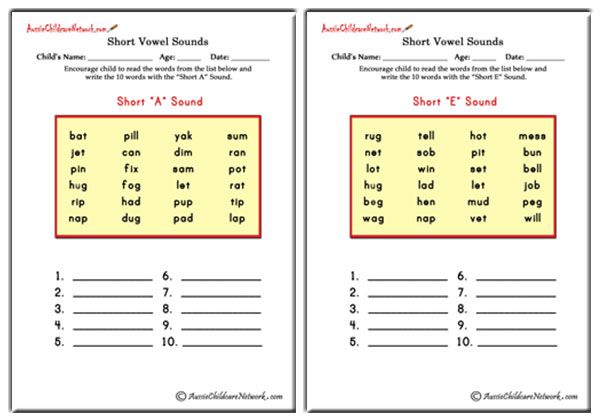
Consonant sounds are made (produced) when the air flow is being restricted in some way, for example, changes in tongue position resulting in the mouth not opening as wide. This means that the jaw doesn’t drop noticeably, which is different to vowel sounds.
The letters of the alphabet that usually represent the consonant sounds are: b, c, d, f, g, h, j, k, l, m, n, p, q, r, s, t, v, w, x, y, z.
Phonological AwarenessAlphabet Knowledge, Consonant Letters, Consonant Sounds, Consonants, Long Vowel Sounds, Short Vowel Sounds, Vowel Letters, VowelslucyteachchildrenLeave a comment
The English Language is created through the different combinations of 44 sounds (phonemes), 20 vowels and 24 consonants. In our written language we refer to the letters of the alphabet as being consonant or vowel letters depending on which type of sound they are representing.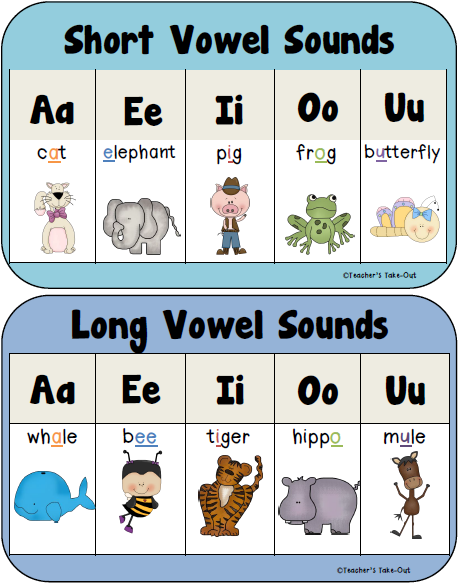
Vowel sounds allow the air to flow freely, causing the chin to drop noticeably, whilst consonant sounds are produced by restricting the air flow.
Vowel sounds are usually (in the UK Education System) split into two main categories based on sound quality:
- ‘Short’ vowel sounds, due to the short duration of the sound being made. The sound cannot be held onto without becoming distorted
- ‘Long’ vowel sounds, due to the length of their pronunciation. These can often be held without distorting their sound.
The letters of the alphabet that we normally associate as being the vowel letters are: a, e, i, o and u. The letter ‘y’ is sometimes referred to as an honorary or semi vowel as it is used to replace one of the other vowel letters in words such as: fly, shy, why or my.
All words in the English language have at least one vowel sound in them so the written version must have at least one vowel letter in it.
Consonant sounds are made (produced) when the air flow is being restricted in some way, for example, changes in tongue position resulting in the mouth not opening as wide.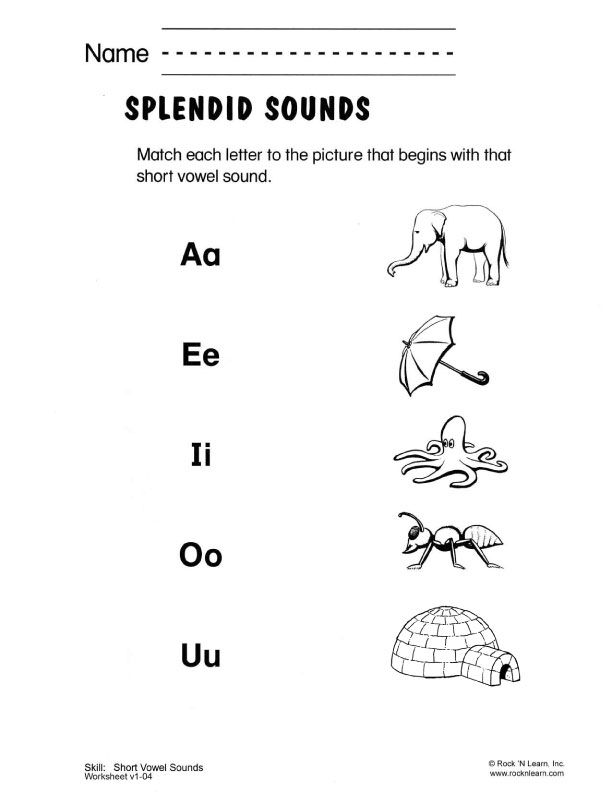 This means that the jaw doesn’t drop noticeably, which is different to vowel sounds.
This means that the jaw doesn’t drop noticeably, which is different to vowel sounds.
The letters of the alphabet that usually represent the consonant sounds are: b, c, d, f, g, h, j, k, l, m, n, p, q, r, s, t, v, w, x, y, z.
Phonics, Phonological AwarenessAlphabet Knowledge, Consonants, Letters of the Alphabet, Long Vowel Sounds, Phonemes, Short Vowel Sounds, VowelslucyteachchildrenLeave a comment
https://www.teachphonics.co.uk/teaching-phonics.html#pronunciationBecause the English language is so rich and diverse it is very difficult to create a phonics system that caters for all. Every region that speaks the English language has its own accent which means there are always variations in the way that a word is pronounced.
Across England we all spell words the same but we certainly do not say them all the same, even though we all use the same 44 sounds. In the English language the 44 sounds can be represented by over 280 letter combinations.
In the English language the 44 sounds can be represented by over 280 letter combinations.
So, accents have arisen from regions applying different phonemes (sounds) to graphemes (letters) when they pronounce words. The regions still use the same sounds and letters, they just associate them differently.
For example, in the South of England the letter ‘a’ can be pronounced as the ‘long ’R’ controlled’ vowel sound /ar,(ɑː)/ in words such as ‘grass’ and ‘bath’ whereas in the North of England it will be pronounced as the ‘short’ vowel /a,(æ)/ sound in these two words.
Click and then scroll down the page to see the animations of the different pronunciations of the word ‘bath’. https://www.teachphonics.co.uk/teaching-phonics.html#pronunciation
Both pronunciations are correct, which can make teaching phonics a little tricky; the key is to teach the sound to letter relationships which best suit the children being taught in relation to their regional accent. It is important to remember that children’s knowledge of the sounds that make words is based on how you speak to them naturally and not a strict standardized set of sounds.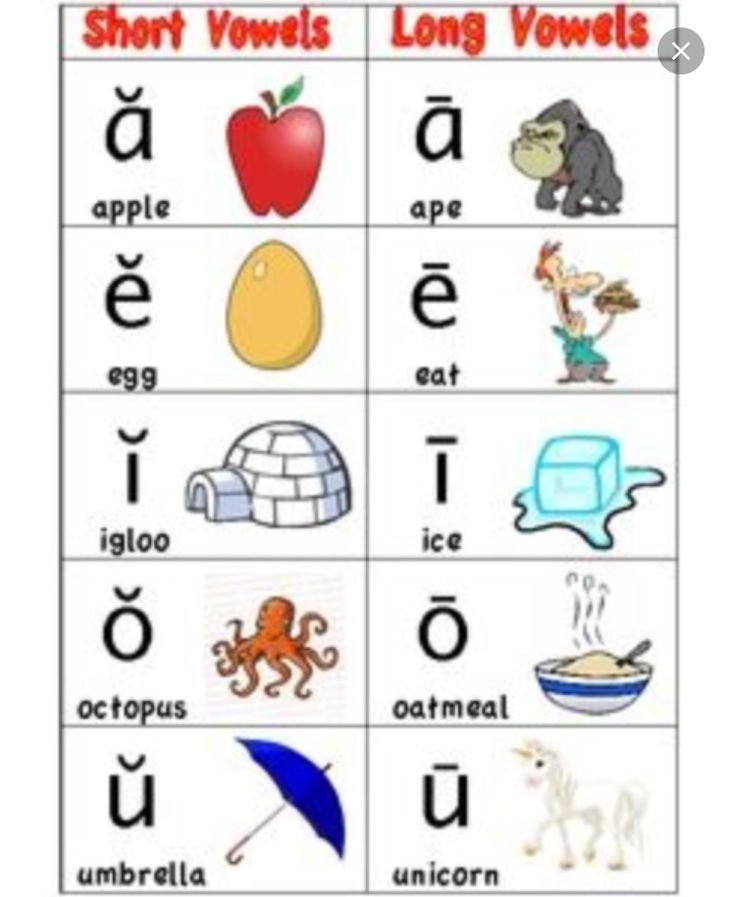
However, for general educational and learning purposes the English language’s phonics system has been standardized, this is known as the ‘Received Pronounced’ (RP) English, and is used in comprehensive English dictionaries and translation dictionaries. The RP is based on a southern accent sound to letter relationship basis.
Development, Phonics, Phonological AwarenessAccents, Graphemes, Long 'R' Controlled Vowel Sounds, Phonemes, Received Pronounced English, Short Vowel SoundslucyteachchildrenLeave a comment
https://www.teachphonics.co.uk/free-resources-phonics.htmlThere are 7 ‘short’ vowel sounds, although children are usually only introduced to the 5 which are most commonly heard in simple CVC (consonant, vowel, consonant) words:
- /a,(æ)/ cat, ant
- /e,(e)/ peg, egg
- /i,(I)/ pin, pig
- /o,(ɒ)/ hot, orange
- /u,(ʌ)/ hut, bus
The other two ‘short’ vowel sounds are:
- /oo(u),(Ʊ)/ bull or could
- /uh,(ǝ or schwa)/ zebra, doctor, corner
Our ‘Short Vowel’ Finger Chant can help you, and your child, to learn and remember the 7 ‘short vowel’ sounds: https://www.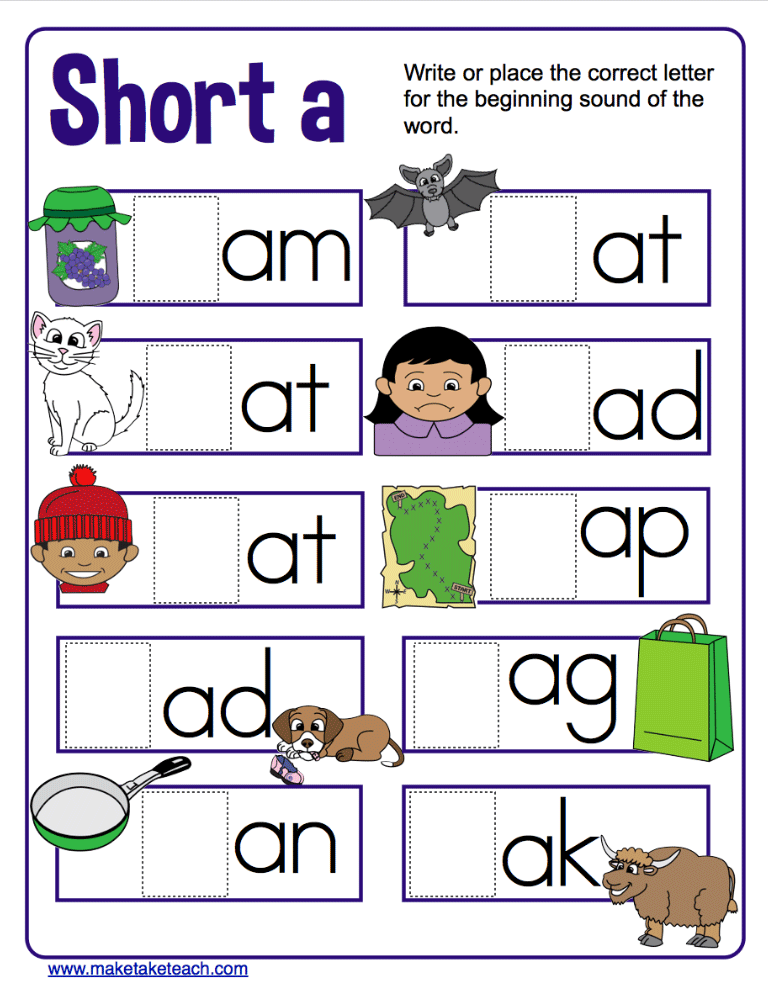 teachphonics.co.uk/free-resources-phonics.html
teachphonics.co.uk/free-resources-phonics.html
lucyteachchildren1 Comment
Learning to hear and differentiate the vowel sounds from consonant sounds is an important skill in understanding how words are formed. Every word in the English Language has to have a vowel sound in it and every syllable in a word also has to have a vowel sound within it. This knowledge is an important element in developing our phonemic awareness and phonics knowledge as we start to learn how to read and spell words.
There are 20 vowel sounds in the English (UK) Language, usually (in the UK Education System) split into two main categories based on sound quality:
- ‘Short’ vowel sounds, due to the short duration of the sound being made, the sound cannot be held onto without becoming distorted, such as the /e,(e)/ in me, pea and tree
- ‘Long’ vowel sounds, due to the length of their pronunciation, these can often be held without distorting their sound, such as the /oi,(ɔI)/ sound found in the words:boy, coin and buoy
Here at Teach Phonics we split the ‘long’ vowel sounds category into ‘long’ vowel sounds and ‘long ‘R’ controlled’ vowel sounds. The ‘long ’R’ controlled’ vowel sounds are so called because of the slight /r,(r)/ sound quality that can be heard in them for example the /or,(ɔː)/ sound found in the words: fork, door, walk and sauce.
The ‘long ’R’ controlled’ vowel sounds are so called because of the slight /r,(r)/ sound quality that can be heard in them for example the /or,(ɔː)/ sound found in the words: fork, door, walk and sauce.
The English Phoneme Chart, which uses the unique symbols of the International Phonetic Alphabet (IPA), splits the 20 vowel sounds into two groups based on mouth position:
- Monophthongs which have one mouth position throughout the sound for example /e,(e)/ in me.
- Diphthongs, where the mouth position changes, giving a 2 sounds quality to the phoneme for example, /oi,(ɔI)/ inboy.
lucyteachchildren2 Comments
The English Language is created through the different combinations of 44 sounds (phonemes), 20 vowels and 24 consonants.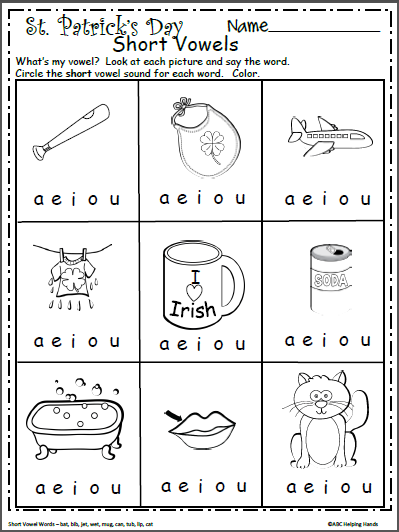 In our written language we refer to the letters of the alphabet as being consonant or vowel letters depending on which type of sound they are representing.
In our written language we refer to the letters of the alphabet as being consonant or vowel letters depending on which type of sound they are representing.
Vowel sounds allow the air to flow freely, causing the chin to drop noticeably, whilst consonant sounds are produced by restricting the air flow.
Vowel sounds are usually (in the UK Education System) split into two main categories based on sound quality:
- ‘Short’ vowel sounds, due to the short duration of the sound being made. The sound cannot be held onto without becoming distorted
- ‘Long’ vowel sounds, due to the length of their pronunciation. These can often be held without distorting their sound.
The letters of the alphabet that we normally associate as being the vowel letters are: a, e, i, o and u. The letter ‘y’ is sometimes referred to as an honorary or semi vowel as it is used to replace one of the other vowel letters in words such as: fly, shy, why or my.
All words in the English language have at least one vowel sound in them so the written version must have at least one vowel letter in it.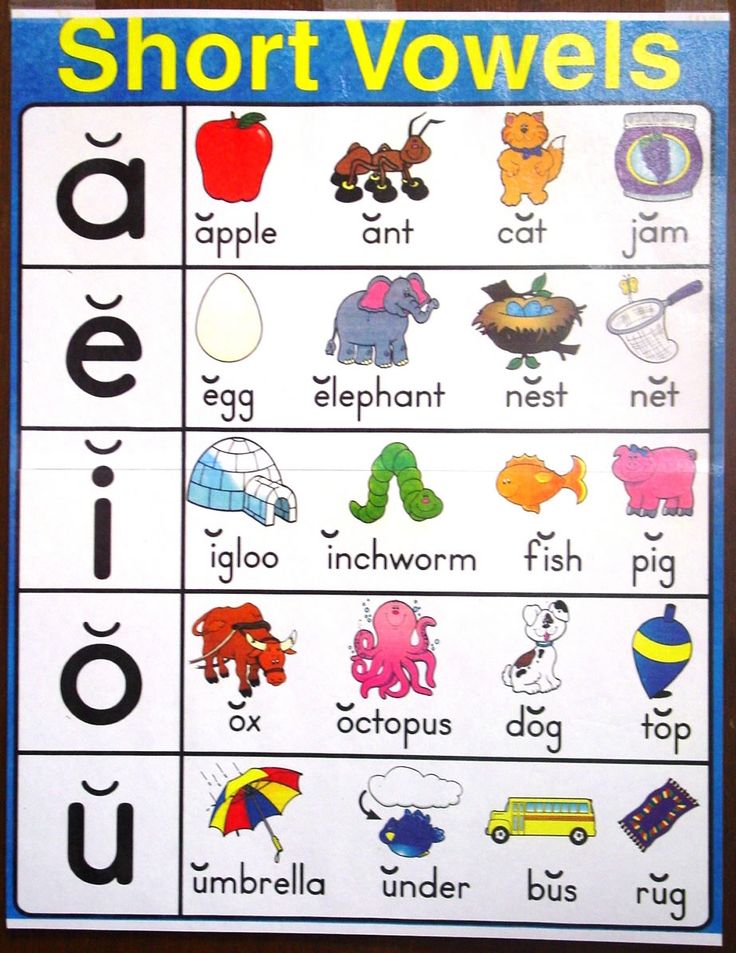
Consonant sounds are made (produced) when the air flow is being restricted in some way, for example, changes in tongue position resulting in the mouth not opening as wide. This means that the jaw doesn’t drop noticeably, which is different to vowel sounds.
The letters of the alphabet that usually represent the consonant sounds are: b, c, d, f, g, h, j, k, l, m, n, p, q, r, s, t, v, w, x, y, z.
PhonicsConsonant Sounds, Consonants, Letters of the Alphabet, Long Vowel Sounds, Phonemes, Short Vowel Sounds, Vowelslucyteachchildren1 Comment
A couple of weeks ago we explained that there are 20 vowel sounds in the English (UK) sound system and last week we looked at the 7 ‘short’ vowel sounds. This week we are taking a look at the remaining 13 ‘long’ vowel sounds.
Here at Teach Phonics we split them in to two groups: 7 ‘long’ vowel sounds and 6 ‘long ‘R’ controlled’ vowel sounds.
The 7 ‘long’ vowel sounds are so called due to the length of their pronunciation; these can often be held without distorting their sound.
The /ai,(eI)/ sound found in the words: train, tray, cake and break.
The /oa,(ǝƱ)/ sound found in the words: boat, hotel, toe and bone.
The /oi,(ɔI)/ sound found in the words: boy, coin and buoy.
The /ow,(aƱ)/ sound found in the words: owl, house, drought and hour.
The /ee,(іː)/ sound found in the words: tree, pea, me, and pony.
The /I,(aI)/ sound found in the words: iron, fly, pie and light.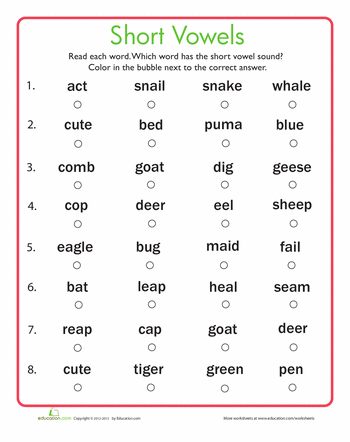
The /oo,(uː)/ sound found in the words: spoon, blue, screw and you.
The 6 ‘long ‘R’ controlled’ vowel sounds are so called because of the slight /r,(r)/ sound quality that can be heard in them along with the length of their pronunciation; these can often be held without distorting their sound.
The /ar,(ɑː)/ sound found in the words: car, father (southern UK accent) and art.
The /or,(ɔː)/ sound found in the words: fork, door, walk and sauce.
The /ear,(Iǝ)/ sound found in the words: ear, here, deer and pier.
The /er,(ɜː)/ sound found in the words: bird, kerb, nurse and worm.
The /re,(Ʊǝ)/ sound found in the words: manure, tour and mature.
The /air,(eǝ)/ sound found in the words: chair, pear, square and where.
PhonicsEnglish Language, Long 'R' Controlled Vowel Sounds, Long Vowel Sounds, Phonics, Short Vowel SoundslucyteachchildrenLeave a comment
There are 7 ‘short’ vowel sounds, although children are usually only introduced to the 5 which are most commonly heard in simple CVC (consonant, vowel, consonant) words: /a,(æ)/ in cat, /e,(e)/ in peg, /i,(I)/ in pin, /o,(ɒ)/ in hot, /u,(ʌ)/ in bus.
The other two ‘short’ vowel sounds are: /oo(u),(Ʊ)/ in bull or could and /uh,(ǝ or schwa)/ heard as the final sound in the words: zebra, doctor and corner.
Our ‘Short Vowel’ Finger Chant can help you, and your child, to learn and remember the 7 ‘short vowel’ sounds: bit.ly/1lR4AiV
PhonicsDevelopment, Phonemic Awareness, Phonics, Short Vowel Sounds, VowelslucyteachchildrenLeave a comment
Learning to hear and differentiate the vowel sounds from consonant sounds is an important skill in understanding how words are formed. Every word in the English Language has to have a vowel sound in it and every syllable in a word also has to have a vowel sound within it. This knowledge is an important element in developing our phonemic awareness and phonics knowledge as we start to learn how to read and spell words.
There are 20 vowel sounds in the English (UK) Language, usually (in the UK Education System) split into two main categories based on sound quality:
- ‘Short’ vowel sounds, due to the short duration of the sound being made, the sound cannot be held onto without becoming distorted, such as the /e,(e)/ in me, pea and tree
- ‘Long’ vowel sounds, due to the length of their pronunciation, these can often be held without distorting their sound, such as the /oi,(ɔI)/ sound found in the words: boy, coin and buoy
Here at Teach Phonics we split the ‘long’ vowel sounds category into ‘long’ vowel sounds and ‘long ‘R’ controlled’ vowel sounds.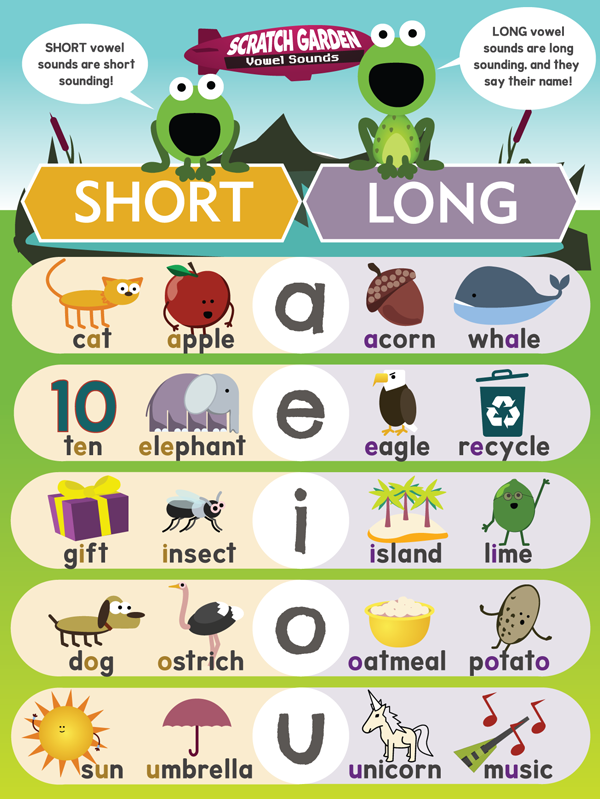 The ‘long ’R’ controlled’ vowel sounds are so called because of the slight /r,(r)/ sound quality that can be heard in them for example the /or,(ɔː)/ sound found in the words: fork, door, walk and sauce.
The ‘long ’R’ controlled’ vowel sounds are so called because of the slight /r,(r)/ sound quality that can be heard in them for example the /or,(ɔː)/ sound found in the words: fork, door, walk and sauce.
The English Phoneme Chart, which uses the unique symbols of the International Phonetic Alphabet (IPA), splits the 20 vowel sounds into two groups based on mouth position:
- Monophthongs which have one mouth position throughout the sound for example /e,(e)/ in me.
- Diphthongs, where the mouth position changes, giving a 2 sounds quality to the phoneme for example, /oi,(ɔI)/ in boy.
Long and short vowels in English
Longitude is one of the characteristics of a vowel sound, which shows the relative duration of its sound compared to other sounds.
Longitude can be positional and phonemic. In the first case, the duration of the vowel depends on the position in the word and stress, while this characteristic does not affect the meaning. The phonemic length of a vowel has a semantic function, that is, depending on the length of the sound, the meaning of the word changes.
Length of vowel sounds in English
In Russian, the length of vowel sounds does not affect the meaning of words and changes only depending on stress. In English, vowels differ not only in positional but also in phonemic length. This means that long and short sounds, similar in other characteristics, represent different phonemes. Words that differ only in these phonemes have different meanings: ship - sheep , fit - feet , pull - pool . Therefore, it is so important to pronounce long and short sounds correctly.
In transcription, long vowels are indicated with a colon: [i:], [α:], [ɔ:], [u:], [ә:]. In some cases, long vowels in an unstressed position are reduced and become semi-long, which in transcription is indicated by one dot from above: [α ].
In some cases, long vowels in an unstressed position are reduced and become semi-long, which in transcription is indicated by one dot from above: [α ].
The long vowels listed above are opposed to short vowels, forming the following pairs in English:
- [i:] - [ı]
- [uː] - [u]
- [ɔ:] - [ɒ]
- [α:] - [ʌ]
- [ә:] - [ə]
The pronunciation of long and short English vowels often causes difficulties for Russian learners of English, since in Russian vowels do not have phonemic longitude, and we are not used to distinguishing the length of a vowel sound by ear. We often do not hear the difference between long and short vowels when listening to English speech. It is still not clear how long you need to draw a sound when speaking, so very unnatural, or almost inaudible, or too long vowels are obtained. It is impossible to correctly pronounce short and long sounds so that a native speaker hears the difference, even if you diligently shorten short vowels and stretch out long ones.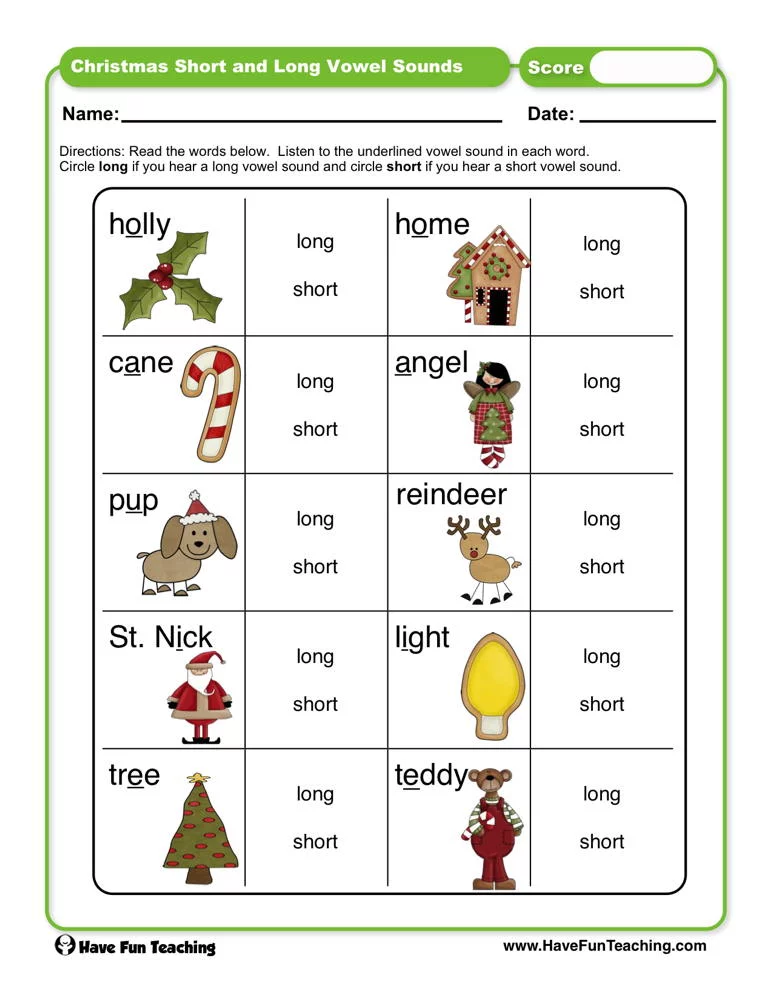
Sometimes it seems that native speakers themselves do not know the difference between short and long sounds, they seem to pronounce them the same way - but they themselves understand each other. But it's not. Let's see what are the differences between long and short English vowels, how to learn to hear them and how to train their pronunciation.
Differences between long and short English sounds
It is logical to assume that if vowels are called long or short, they differ in sound length. This is the main difference between them, but not the only one. It is important to understand that long and short sounds have other differences, which consist in articulatory features. This means that the sounds are not just of different lengths, they are also different in sound. And most often it is these articulatory features that determine the length of the vowel sound: the duration of the sound depends on the position of the tongue and the tension of the vocal apparatus.
Long and short English vowels differ in tension. Long vowels are tense, in English they are also called tense . When they are pronounced, the root of the tongue seems to be tense, under tension. The sound is pronounced, bright, rich, clear.
Short vowels are called lax – relaxed. The tongue in the region of the root is relaxed, the vowel sound is articulated quickly, easily, without additional effort, as if bursting. It turns out short, inconspicuous, faded and fuzzy.
Qualitative differences in sounds in different pairs of English vowels range from pronounced to almost imperceptible. It is easy to notice the difference between long and short sounds a: pay attention to how the words cart and cut are pronounced, they differ not only in duration, but also in sound. But the differences between long and short u are almost imperceptible: pool and pull sound very similar, only slightly different in length. The Scots generally pronounce them the same way, differing only in context.
The Scots generally pronounce them the same way, differing only in context.
In addition, the duration of the pronunciation of vowels is also affected by positional longitude - for example, stressed or unstressed position in a word. As a result, a short vowel sound in one word may sound longer than a long sound in another word.
Thus, it is not enough to rely only on the subjective duration of a vowel sound. All the features of short and long vowels described above must be taken into account when learning English. It remains to understand how to master the pronunciation of long and short sounds in practice.
How to learn to pronounce long and short English vowels
The main mistake foreigners make when pronouncing long and short English sounds is focusing only on duration. But with this approach, it is intuitively incomprehensible where the boundary between a long and a short sound passes: you can’t measure the length of a sound with a stopwatch.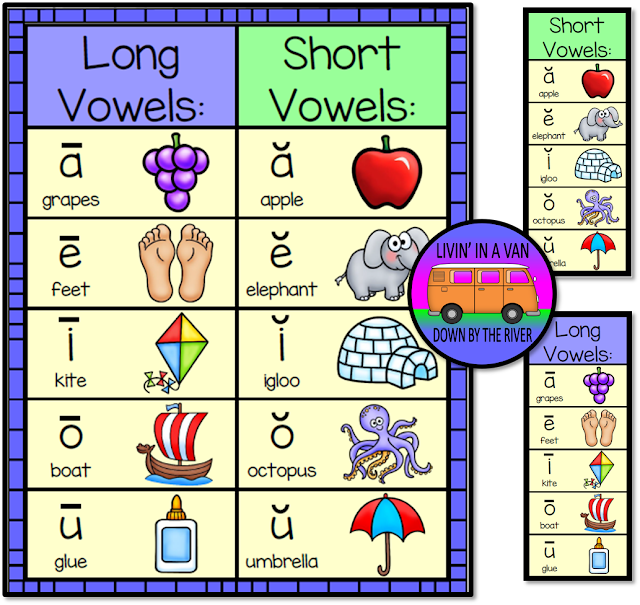 When trying to artificially lengthen or shorten a vowel, the sounds are unnaturally short or drawn out.
When trying to artificially lengthen or shorten a vowel, the sounds are unnaturally short or drawn out.
To learn how to pronounce long and short English sounds, you need to forget about the usual terminology "long" and "short". Try not to think about the duration of the sound at all. To correctly pronounce long and short vowels, you need to focus on their articulation, and not on duration. If we correctly reproduce the pronunciation of the vowel, then the duration will turn out to be correct automatically. Remember that long vowels require more tension at the root of the tongue, while short ones are pronounced without additional effort, easily and without tension.
Pay attention to how native speakers pronounce vowels - don't watch how long they draw them out, but watch the pronunciation, the articulation, the quality of the sound. Repeat, imitate, practice. For practice, it is best to use video lessons or a conversation with a native speaker, since audio materials do not make it possible to see articulation.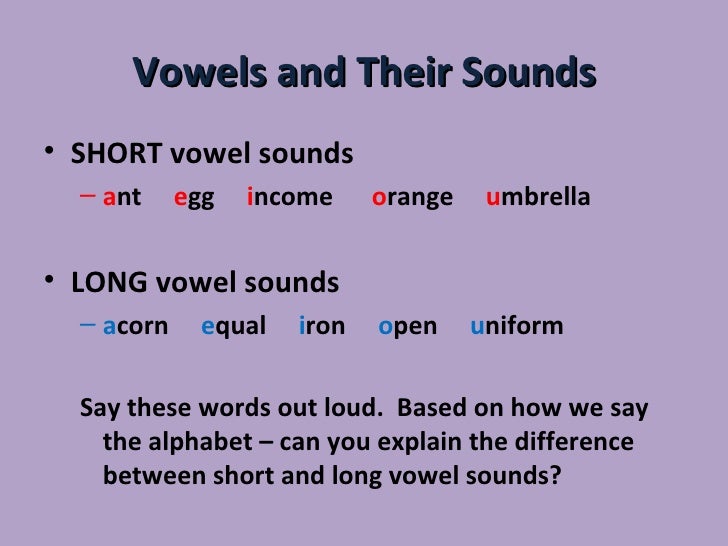
It is best to train long and short sounds not separately, but as part of words. First, this way you will note the influence of positional longitude on the duration of the sound in specific examples. Secondly, just as words are best learned in context, sounds are also best learned in the environment.
Practice pronunciation of long and short vowels in pairs of words to notice the difference between sounds, for example:
- Sport – hot
- Arm-cut
- See-hit
- Food-put
- Fur – ago
When you learn how to pronounce long and short vowels correctly in English, it will become easy to distinguish between them in speech. When listening to speech, forget about the differences in duration, pay attention to the qualitative differences in sounds - how intensely the vowel is pronounced, how bright or faded it sounds, how pairs of sounds differ from each other, except for duration.
13. Long and short vowels and consonants. Theories of the syllable.
Longitude- the length of the given sound with its quantity in time. Long and short vowels found in Russian speech in different phonetic terms: in the form plural n. "Siberians" vowel \ and / of the first two unstressed in 3 times shorter than the shock; under stress Russian vowels i. do not differ duration. Many vowel system I. distinguishes vowel length, forming pairs of vowels in duration. In English 6 short, 5 long and 1 semi-long. explosive consonants and affricates are instantaneous sounds, they cannot be “pulled”, and vowels fricatives and all sonorants (stop-slits) are long-term, they can be pulled. However, there are also long explosive, and affricates, where longitude is obtained for opening delay count on exposure: "because, because". When two identical consonants or consonants, paired for deafness / sonority, at the junction morphemes or words in most cases a long consonant is pronounced denoted in transcription by two dots. Long (double) consonants in Russian can also be formed as a result of the loss of sounds in certain types of consonant combinations sounds (with a confluence of consonants). Syllable - the smallest unit of pronunciation of sounds speech, uniting in its structure one or more sounds to which You can separate your speech with pauses. Word in speech is divided not into sounds, but into syllables. In speech, they are recognized and pronounced precisely syllables. Expiratory theory: the syllable is created by one moment of exhalation, push of exhaled air. How syllables in a word, tremble so many times the flame of a candle when pronouncing a word; sonorous syllable theory as a combination of a more sonorous element with less sonorous; muscular theory - a syllable as a segment of sound, uttered by a single muscular impulse tension of the pronunciation apparatus; Articulatory acoustic - syllable as minimal pronunciation unit of speech, the elements of which are closely interconnected, both acoustically, and articulatory.
Long (double) consonants in Russian can also be formed as a result of the loss of sounds in certain types of consonant combinations sounds (with a confluence of consonants). Syllable - the smallest unit of pronunciation of sounds speech, uniting in its structure one or more sounds to which You can separate your speech with pauses. Word in speech is divided not into sounds, but into syllables. In speech, they are recognized and pronounced precisely syllables. Expiratory theory: the syllable is created by one moment of exhalation, push of exhaled air. How syllables in a word, tremble so many times the flame of a candle when pronouncing a word; sonorous syllable theory as a combination of a more sonorous element with less sonorous; muscular theory - a syllable as a segment of sound, uttered by a single muscular impulse tension of the pronunciation apparatus; Articulatory acoustic - syllable as minimal pronunciation unit of speech, the elements of which are closely interconnected, both acoustically, and articulatory.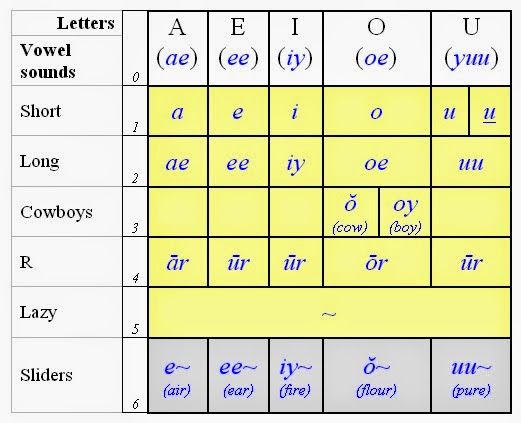 The syllables are divided into • open (end with syllabic vowels) • closed (end non-syllabic consonants) • semi-open (end sonorant consonants) • uncovered (begin vowel) • covered (begin with a consonant)
The syllables are divided into • open (end with syllabic vowels) • closed (end non-syllabic consonants) • semi-open (end sonorant consonants) • uncovered (begin vowel) • covered (begin with a consonant)
Speech phonetically represents a sound stream or chain of sounds. This chain breaks down into subordinate units which are special, purely phonetic units i., following one after another in time. • PHRASE is the largest phonetic unit representing a complete sentence, united by a special intonation structure and separated from other phrases pauses. • BEAT - part of a phrase (2 or several syllables), limited by pauses, united by one accent and intonation incompleteness. The beat can be word and combine the words into one single rhythm melodic group. clocked articulation underlies the accent verse. • Phonetic WORD - part speech tact, united by one accent; insignificant words, having their own stress, adjoin front or back to significant word, forming with it one phonetic word. • syllable - part of a phonetic word, consisting of one or more sounds combined into a phonetic whole.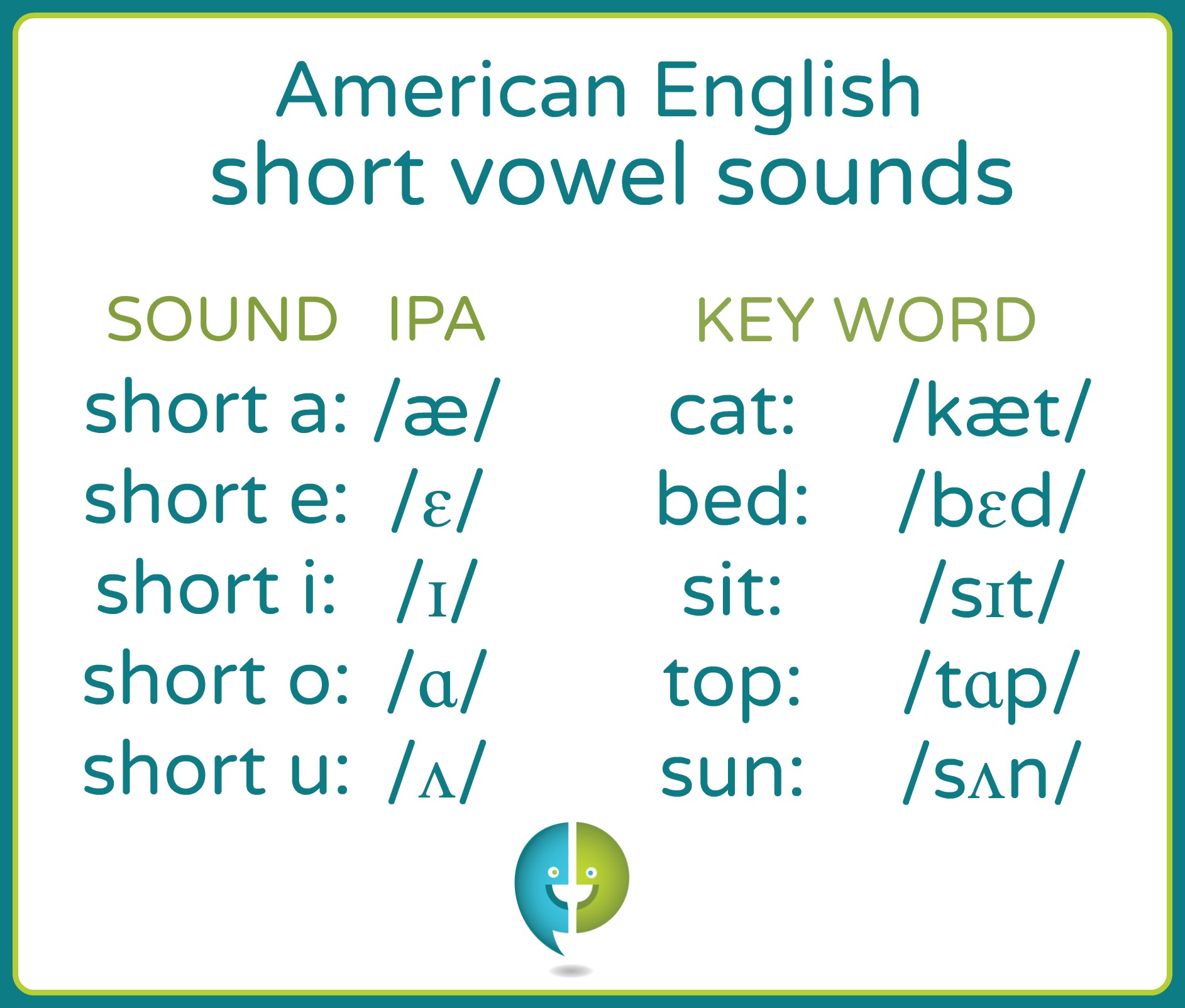 Syllables are the smallest units to which the speaking person can break your speech. syllables delimited by syllables. Syllabic sounds are called allowing maximum vocal energy. These are usually sonorous consonants and vowels. Sounds with a minimum of vocal energy, surrounding syllable-forming sound - usually noisy consonants. However, in others I there are syllables in which there is more than one vowel. Diphthong- combination of two vowels within a syllable, and one vowel will be syllabic, the other is non-syllable. The syllable will be the one vowel that has more duration and on which it can fall accent, although the latter is optional, because they may occur in unstressed syllables. If the first vowel in a diphthong syllabic, then this is a descending diphthong, if the second, then it is ascending. In English. I. 8 diphthongs. Digraph, digram, diagram, double, two-digit a letter is a compound written sign, consisting of two letters and used to designate phonemes and their main options.
Syllables are the smallest units to which the speaking person can break your speech. syllables delimited by syllables. Syllabic sounds are called allowing maximum vocal energy. These are usually sonorous consonants and vowels. Sounds with a minimum of vocal energy, surrounding syllable-forming sound - usually noisy consonants. However, in others I there are syllables in which there is more than one vowel. Diphthong- combination of two vowels within a syllable, and one vowel will be syllabic, the other is non-syllable. The syllable will be the one vowel that has more duration and on which it can fall accent, although the latter is optional, because they may occur in unstressed syllables. If the first vowel in a diphthong syllabic, then this is a descending diphthong, if the second, then it is ascending. In English. I. 8 diphthongs. Digraph, digram, diagram, double, two-digit a letter is a compound written sign, consisting of two letters and used to designate phonemes and their main options.